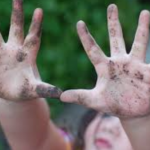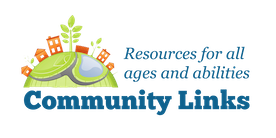Pretty basic right? “Wash your hands before dinner please”, hmm… maybe not?
Hand washing is the number one way to decrease your chances of bringing germs into your body and therefore getting sick. Basic hand washing skills are easy, but still need to be taught. Establishing a daily routine will promote a lifelong habit of good hygiene.
Many preschool teachers agree that children entering preschool are not aware of proper hand washing. This is a skill that teachers need to teach their students. It is typical that children will use soap, but then it is common for it to be rinsed off before the rubbing step begins. It is important to follow the steps for hand washing to be effective. It may be beneficial to post a picture diagram in the hand washing area of the steps in the proper order. As always, children learn the most from examples of others. Incorporating a song or a funny story might make it more enjoyable.
There is controversy regarding hand soap containing antibacterial chemicals. Here is an article from the FDA which really gives a good overview of the concerns involving Americans and the safety of antibacterial soap. This publication from the EPA gives more information about the chemical Triclosan which is the most common ingredient in most antibacterial soaps.
Running water and the friction of rubbing the hands together for a minimum of ten seconds will wash away most bacteria. The CDC gives guidelines for hand washing which is good information for everyone to be aware of.
 Hand washing is especially important to teach children since their germ exposure in school is incredibly high. This teaching opportunity may help to prevent a trip or two to the pediatrician this fall and winter.
Hand washing is especially important to teach children since their germ exposure in school is incredibly high. This teaching opportunity may help to prevent a trip or two to the pediatrician this fall and winter.

